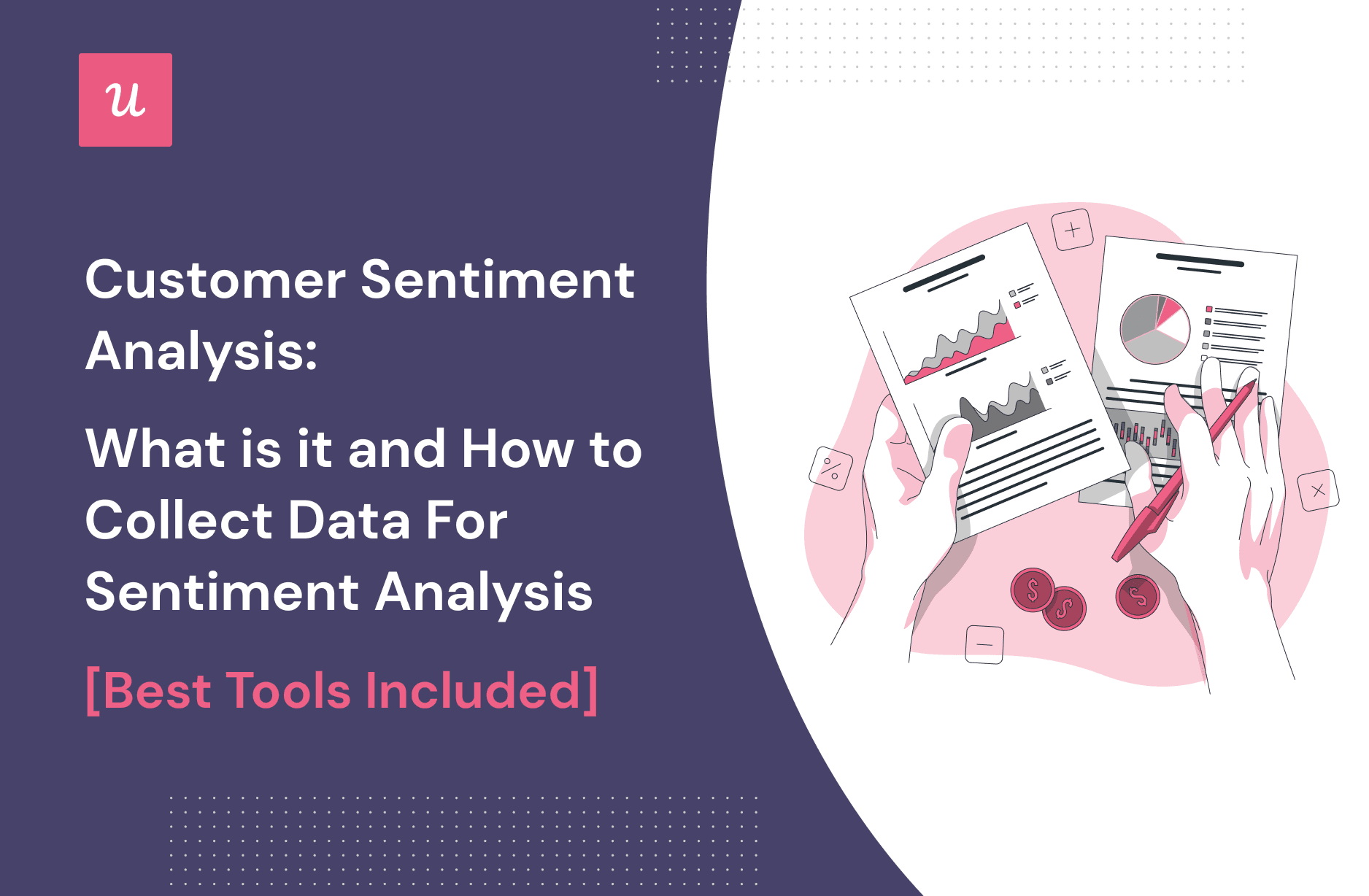Table of Contents
- U.S. Consumer Sentiment Soars To Nearly Two-Year High In July
- US consumer sentiment below expectations in April
- US consumer sentiment rises in November, UMich says | Reuters
- Consumer sentiment index is trending up – Kamran Afshar Associates
- Report: Consumer sentiment unmoved amid persistent high prices
- Consumer Sentiment Survey Show Improvements in 2018 | Infographics ...
- Customer Sentiment Analysis: What Is It and How To Collect Data for It
- US consumer sentiment at lowest level in 8 months - Timeturk Haber
- US consumer sentiment declines to 6-month low amid sticky inflation
- U.S. consumer sentiment rose in November to a 7-month high | Our ...



Inflation Fears on the Rise



Key Factors Contributing to Inflation

- Supply Chain Disruptions: Ongoing supply chain issues, exacerbated by the pandemic, have led to shortages and price hikes for essential goods.
- Rising Energy Costs: Increased energy prices are having a knock-on effect on the cost of production, transportation, and ultimately, consumer prices.
- Monetary Policy: The expansionary monetary policies implemented during the pandemic have led to an increase in money supply, contributing to inflationary pressures.


Impact on Consumer Behavior

- Reduced Spending: Consumers are cutting back on non-essential expenses, opting for savings and debt repayment instead.
- Shift to Value-Based Purchasing: Households are becoming more price-conscious, seeking value for money and opting for cheaper alternatives.
- Increased Price Sensitivity: Consumers are becoming more sensitive to price changes, with even small increases leading to a decline in demand.
- Monetary Policy Adjustments: Central banks can adjust interest rates to curb inflationary pressures.
- Fiscal Policy Interventions: Governments can implement policies to support low-income households and promote economic growth.
- Supply Chain Diversification: Businesses can diversify their supply chains to reduce reliance on single sources and mitigate the impact of disruptions.